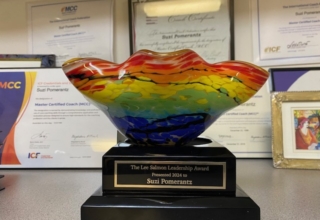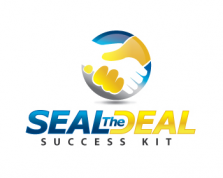
Leaders can also adjust motivational levels for a project team by adjusting the goals they set for this team. Although the nature of a team’s goals drives the expectations element (by determining the trade-offs team members can make), the level or difficulty of meeting these expectations, drives the team’s motivational level. A project team that is given a stretch goal will often be forced to seek out and interact with more people and other teams than a team or person whose goal is set at a much lower level (increasing the need for high levels of both motivation and triangulation). Finally, organizational leaders can use accounting and control systems to adjust the motivational level (e.g. assigning indirect cost allocations to team).
To Lower Motivational Levels: Require people to pay attention only to their own jobs; do not allocate costs across units; use single reporting lines; and reward individual performance.
To Increase Motivational Levels: Inject creative tension through structures, systems, and goals—for example, cross-unit teams, dotted lines, matrix structures, stretch goals, cross-unit cost allocation, and transfer prices.
Triangulation [External Locus of Control] [Supply Element]
True and enduring support in an organization comes not just from connecting with and receiving tangible or intangible support from other people, another project, another initiative or another agency in the organization. It comes from a triangulation wherein both your team and the other entity link positively with a third entity (a shared mission, a shared vision, a shared commitment to and capacity to enable a more general and critical project in the organization). A triangulated structure is always stronger (able to withstand powerful external forces) than a structure with only two anchor points (or two sets of anchor points: a four-sided structure).
Investment (Tangible Triangulation): The unwavering, specific and voluntary contributions of resources from elsewhere in the organization to the Project Team as a result of shared commitment to specific organizational values, vision and purposes.
Good Will (Intangible Triangulation): The sustained and honest best wishes of others in the organization for the success of this project and for successful engagement of Project Team members in this project based on shared commitment to specific organizational values, vision and purposes.
The level of triangulation determines the amount of help a project team can expect from teams and individual people in other organizational units. The required level of triangulation is, in turn, determined by the amount of commitment from various stakeholders the team requires in order to implement its strategies and meet the expectations assigned to this project team by the organizational environment. High levels of triangulation become critically important when customer loyalty is vital to strategy implementation or when organizational design is highly complex because of sophisticated technologies and a complex value chain. Teams cannot adjust levels of triangulation in isolation. That’s because the strength of this environmental element is largely determined by people’s sense of shared responsibilities, which in turn stems from an organization’s culture and values.
To Increase Level of Triangulation: Build shared responsibilities through purpose and mission, organization-wide identification, trust, and equity-based incentive plans.
To Reduce Level of Triangulation: Use leveraged, highly individualized rewards, and clearly single out winners and losers.
Download Article 1K Club



















